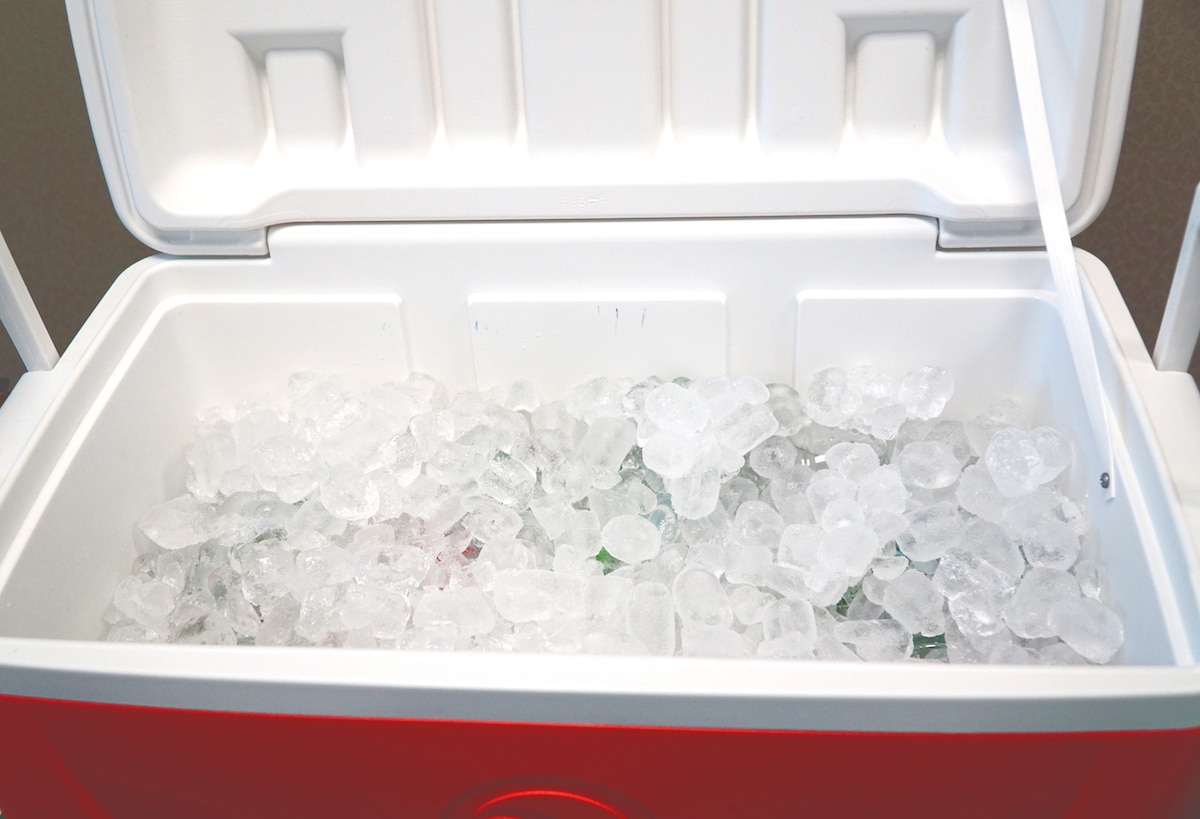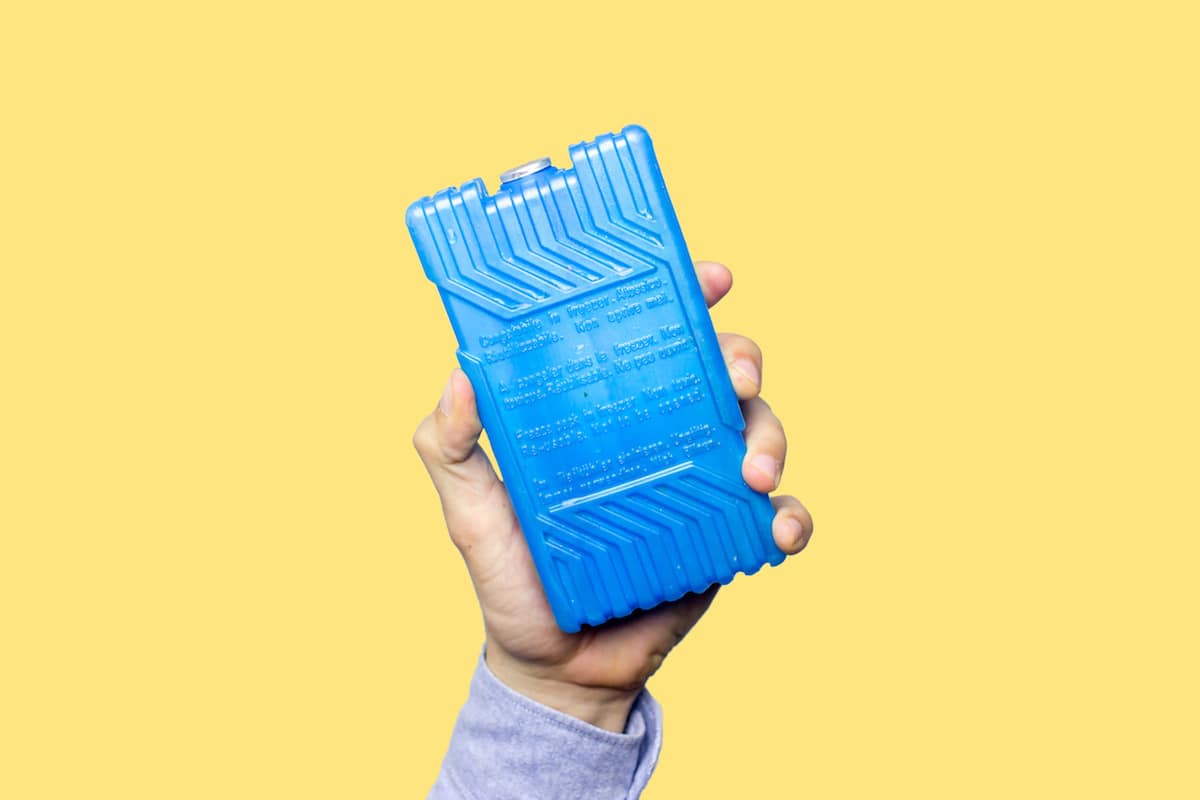What We'll Cover
Securing a source of water must always be a priority for campers in order to stay hydrated outdoors. Plastic water bottles sold in supermarkets can serve as a reliable source of potable water, but there are concerns with them as well. Namely, campers will likely need more than just one plastic water bottle to address their thirst, and it is inconvenient to bring too many along for a camping trip. Also, the environmental problems caused by the over-reliance on plastic water bottles cannot be ignored, especially when compared to the minimal waste that comes from purifying your own water.
The good news for campers is that they can rely on reusable hydration reservoirs to avoid dehydration. These containers can typically hold a good amount of water and also remain in fine condition even as they are squeezed inside bags or dropped on the ground. Reusable water containers such as canteens and camping water bottles are preferable to their disposable counterparts in just about every way, but cleaning them properly, especially while outdoors, can be a real problem.
Why You Need to Clean a Hydration Reservoir Properly
Hydration reservoirs can turn into breeding grounds for bacteria if they are left alone. This happens because of the moisture and the fact that they often come in contact with people’s mouths. Even the way they are handled — often by unclean hands — can lead to them being infested by bacteria. At that point, their users may become ill after using them.
Needless to say, reusable water bottles and other hydration reservoirs must be cleaned properly before they are used, but how do campers go about doing that when they don’t have the benefit of working at home? As it turns out, there is more than one way to thoroughly clean a reusable water container, and that holds true even for people who are camping.
For Next Day Usage
Campers who are about to turn in for the night but want to make sure their reusable hydration reservoirs are ready to use when they wake up can make use of the cleaning items below.
- Baking soda
- Bleach
- Water
Start the cleaning process by first putting a teaspoon each of bleach and baking soda inside the empty bottle and filling it with water. Allow the solution to sit for the rest of the night. In the morning, the container must be rinsed completely using just water, and let it air dry before using it again.
For campers who would prefer not to use bleach or baking soda, they can swap those items out in favor of using white vinegar and some soap. The cleaning process involves heating up the white vinegar and then using that to fill most of the container. The bottle can then be rinsed with soap and water in the morning.
For Immediate Usage
Some campers may not be able to wait until the following morning before they can start drinking from their bottle. In that case, different cleaning items will have to be used.
- Mouthwash
- Soap
- Water
To clean the water reservoir immediately, pour enough mouthwash into the container to fill it about a quarter of the way through. Then, shake the bottle so that the mouthwash can get into all of its nooks and crannies. Before using the water bottle again, rinse it with some soap and water. Air drying is also recommended, but it isn’t completely necessary.
No matter what type of hydration reservoir you use, whether it’s a reusable water bottle or something else, you should use these cleaning methods for all containers you’re using for drinking water. This extends to hydration backpacks and hydration bladders, large water storage containers, and even camping kettles and camping mugs. Using contaminated reservoirs for your drinking water can be a huge risk to your health, and you need to avoid that kind of risk at all costs.
The responses below are not provided, commissioned, reviewed, approved, or otherwise endorsed by any financial entity or advertiser. It is not the advertiser’s responsibility to ensure all posts and/or questions are answered.





